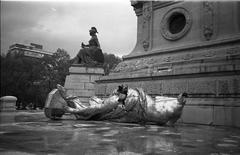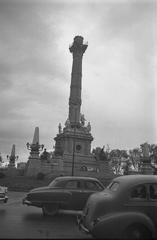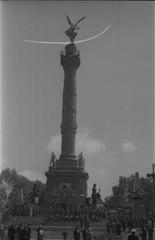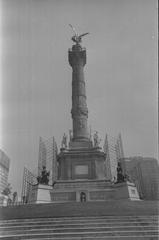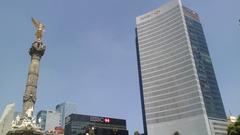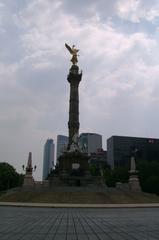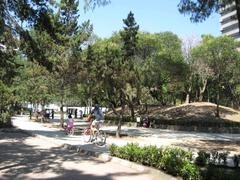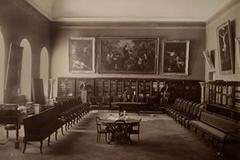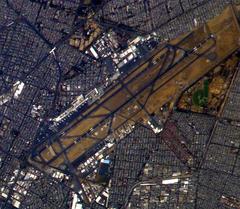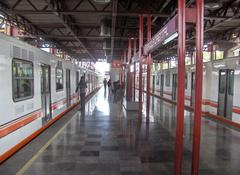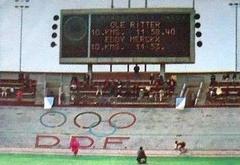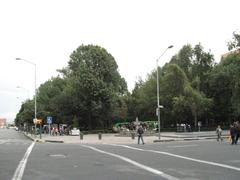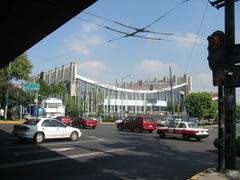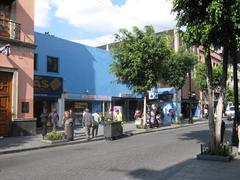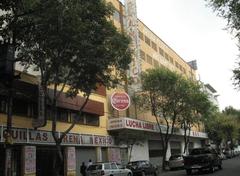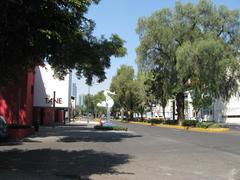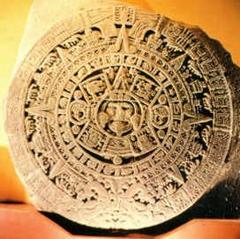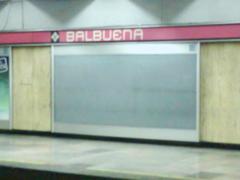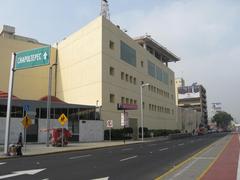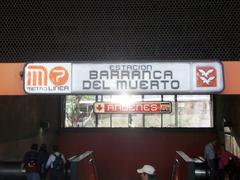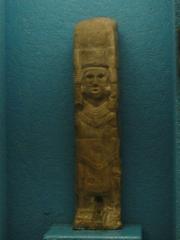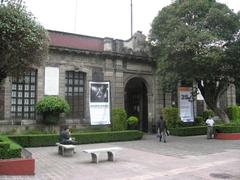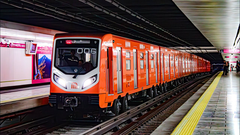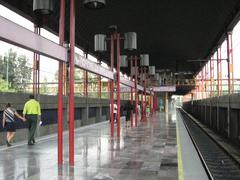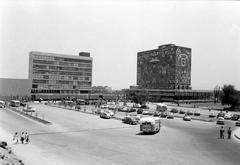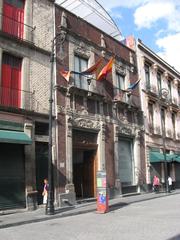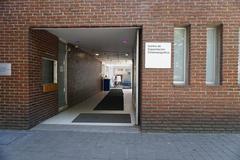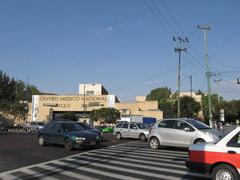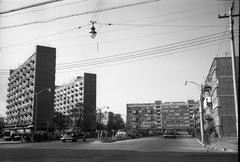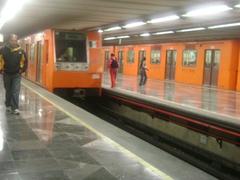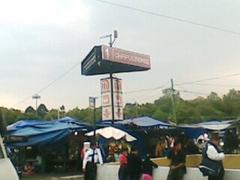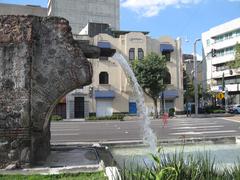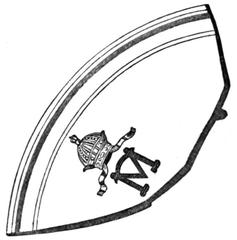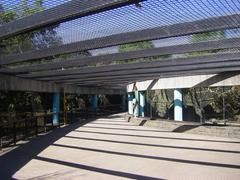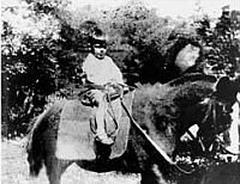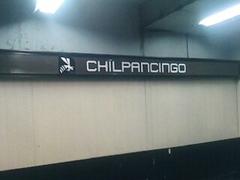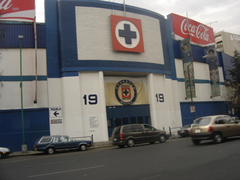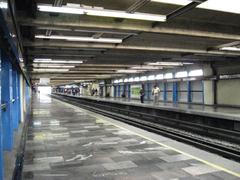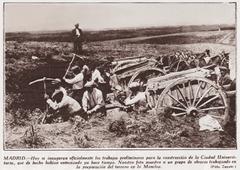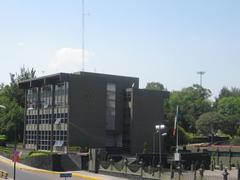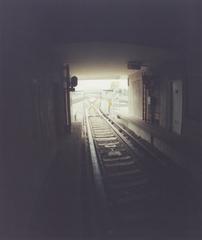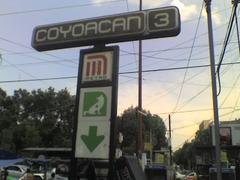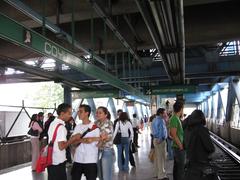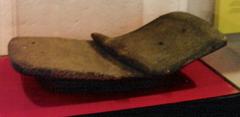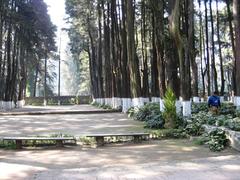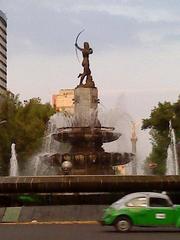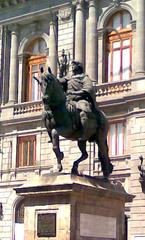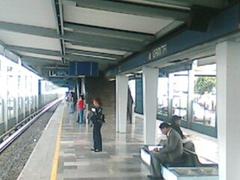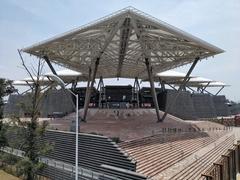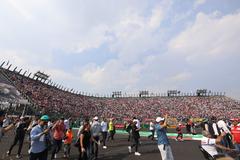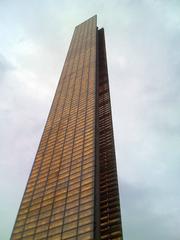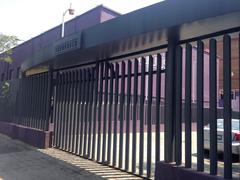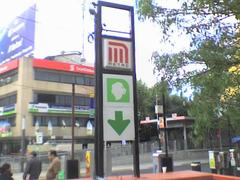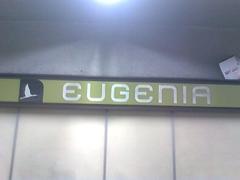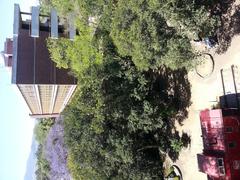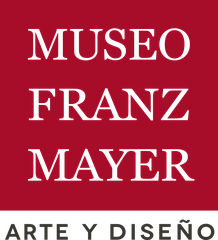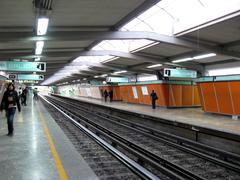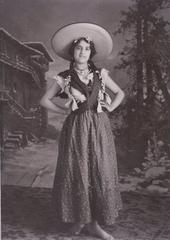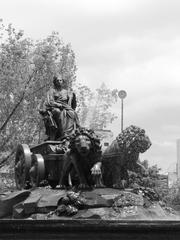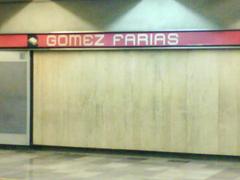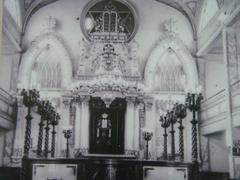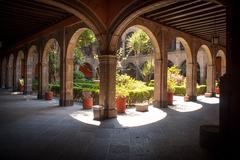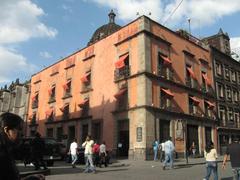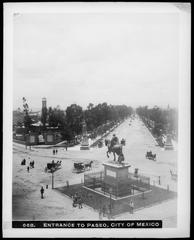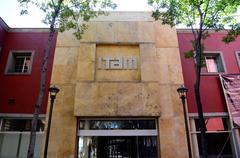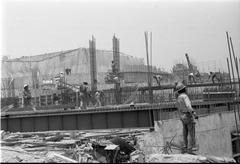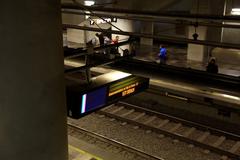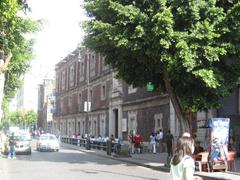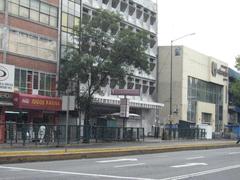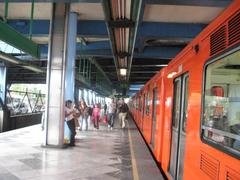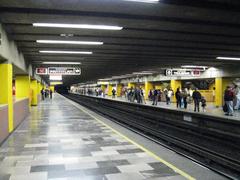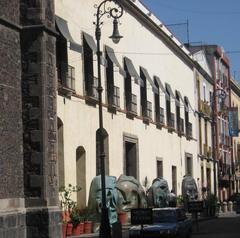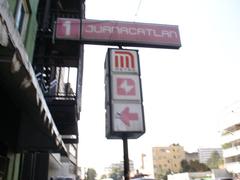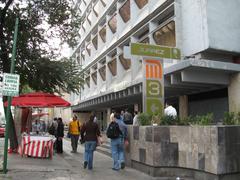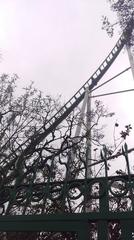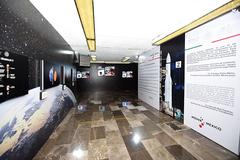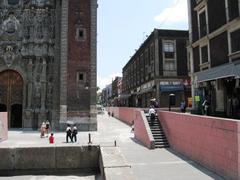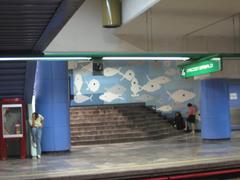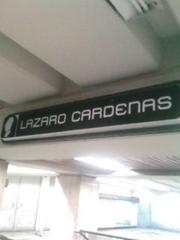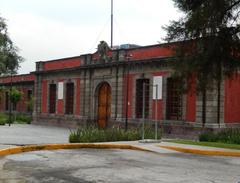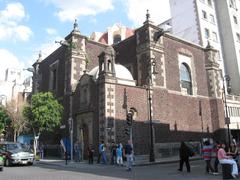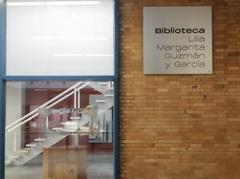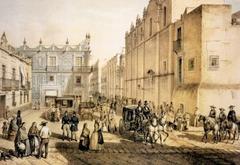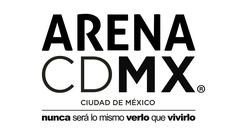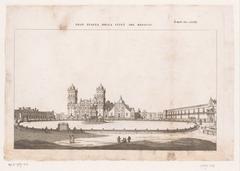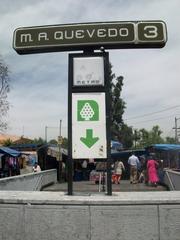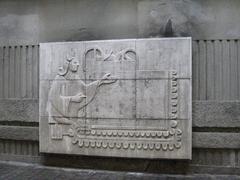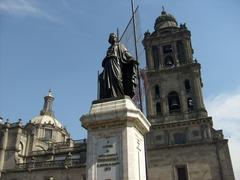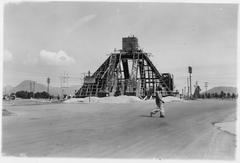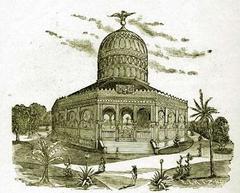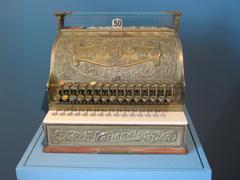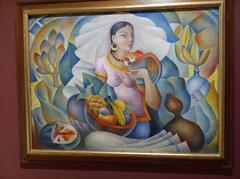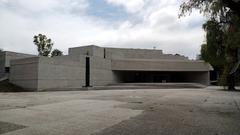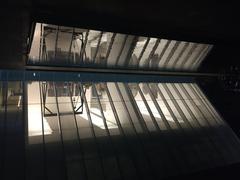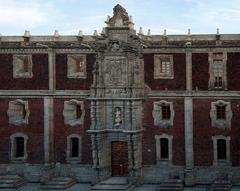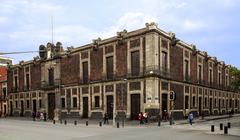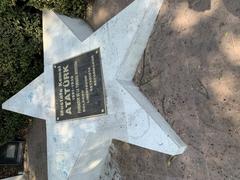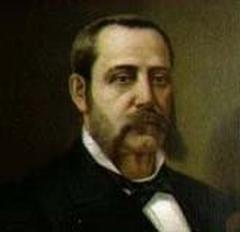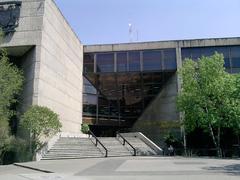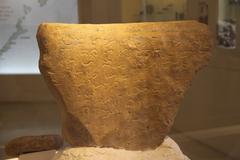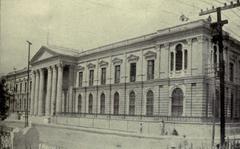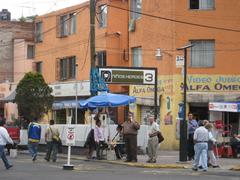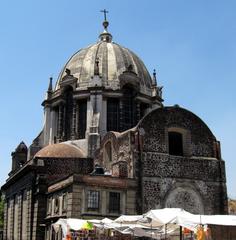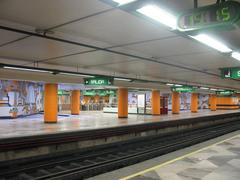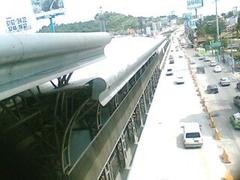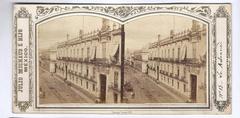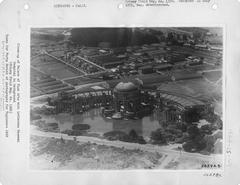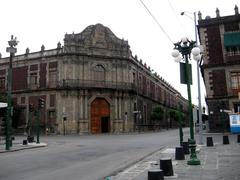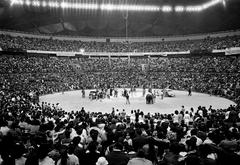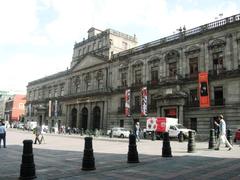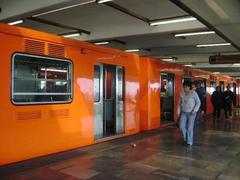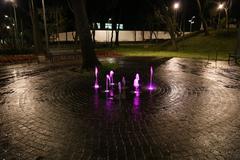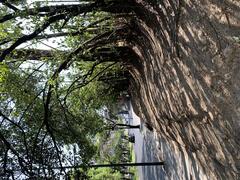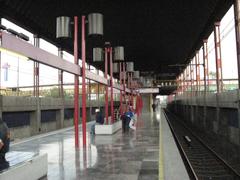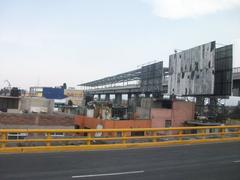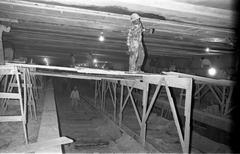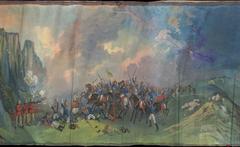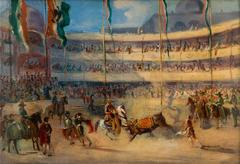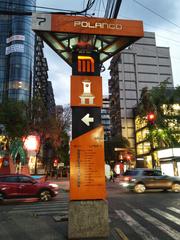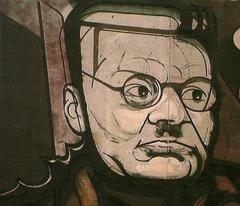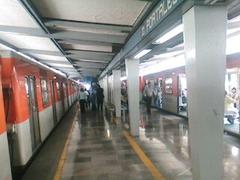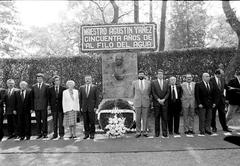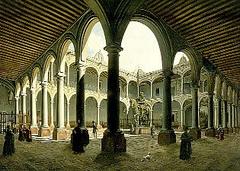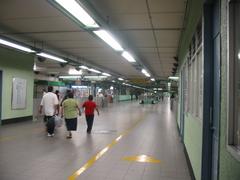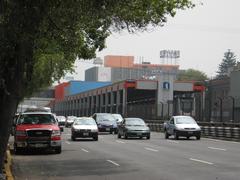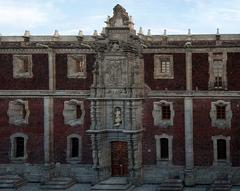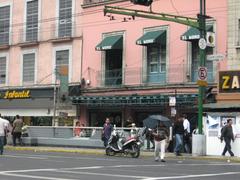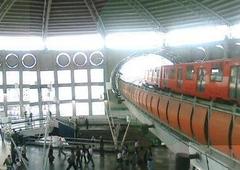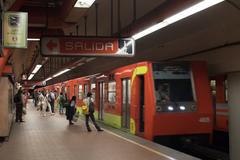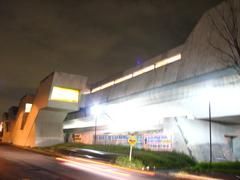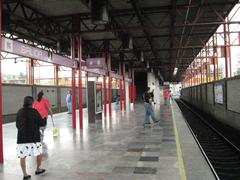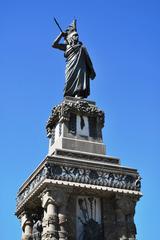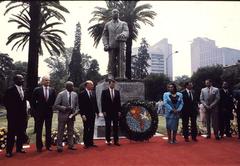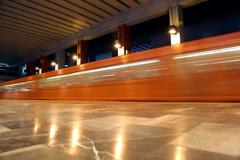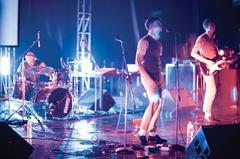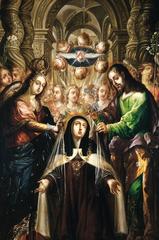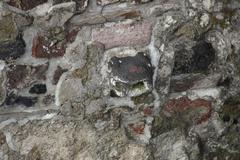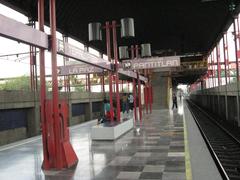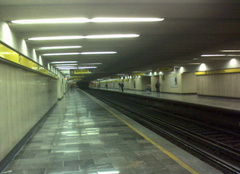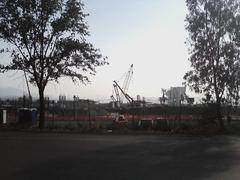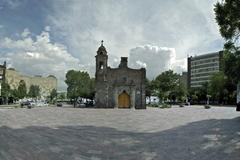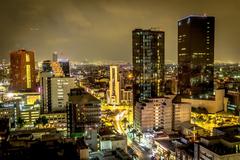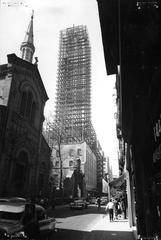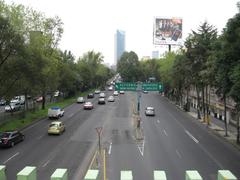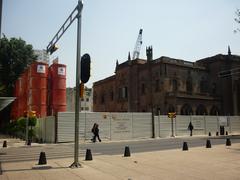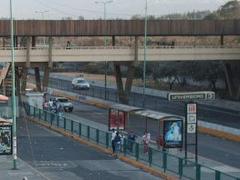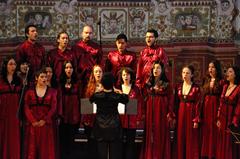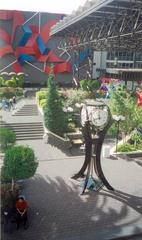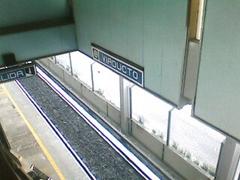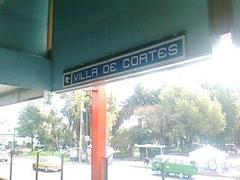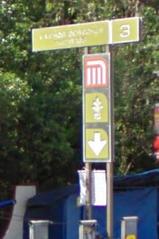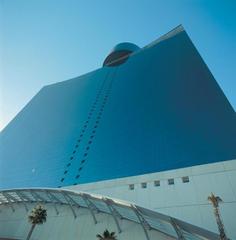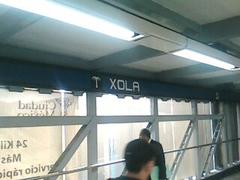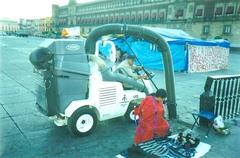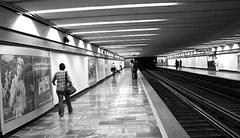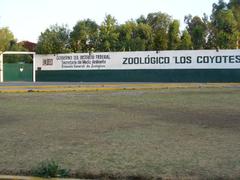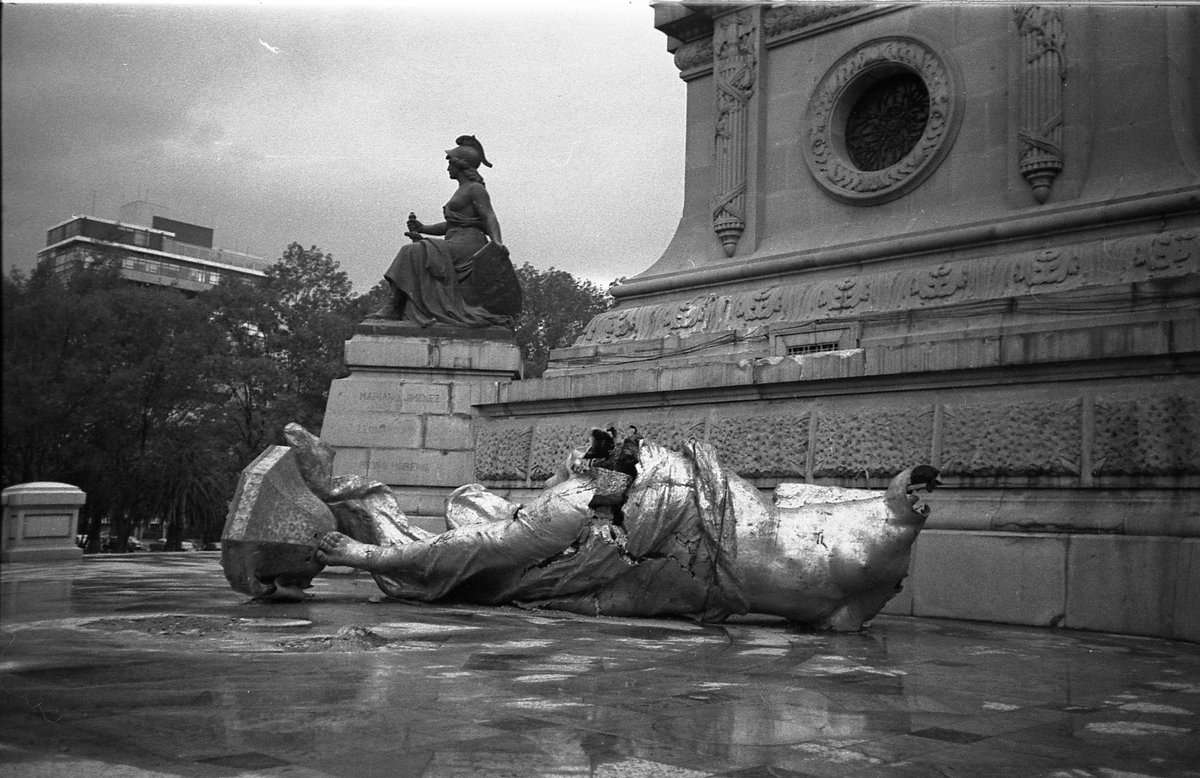
Comprehensive Guide to Visiting Monumento a la Independencia, Mexico City, Mexico
Date: 16/07/2024
Introduction
The Monumento a la Independencia, colloquially known as El Ángel, is one of Mexico City’s most iconic landmarks. Erected in 1910 to commemorate the centennial of Mexico’s War of Independence, this monument serves as a potent symbol of freedom, national pride, and cultural heritage. Situated on Paseo de la Reforma, one of the city’s most important avenues, El Ángel is not just a historical monument but also a focal point for national celebrations, protests, and gatherings. Over the years, it has become a must-visit site for both locals and tourists, offering panoramic views of the city and a deep dive into Mexico’s rich history. For more detailed historical insights, you might find resources like Spanish Academy and Wikipedia invaluable.
Table of Contents
- Introduction
- History of El Ángel de la Independencia
- Visitor Information
- Travel Tips and Nearby Attractions
- Restoration and Preservation
- Cultural Impact
- FAQ
- Conclusion
History of El Ángel de la Independencia
Origins and Construction
El Ángel de la Independencia was commissioned to commemorate the centennial of Mexico’s War of Independence. The initial idea for the monument was proposed by President Antonio López de Santa Anna, who called for a design contest in the mid-19th century. The winning design was by French architect Enrique Griffon, but due to dissatisfaction and lack of funds, the project was delayed (Spanish Academy).
The project was revived during the presidency of Porfirio Díaz, who aimed to celebrate the centenary of Mexico’s independence in 1910. The final design was entrusted to architect Antonio Rivas Mercado, who envisioned a 36-meter high column topped with a golden-winged Victory. Construction began in 1902 and was completed in 1910, just in time for the centennial celebrations (Wikipedia).
Design and Symbolism
The Angel of Independence is a Corinthian-style column adorned with various symbolic elements. The base of the column features bronze statues representing Law, War, Justice, and Peace. The column itself is decorated with garlands and rings inscribed with the names of the heroes of the War of Independence. At the top of the column stands a 6.7-meter tall statue of Nike, the Greek goddess of Victory, holding a laurel crown in her right hand and a broken chain in her left, symbolizing freedom (Mexican Routes).
The pedestal of the monument includes a statue of Miguel Hidalgo y Costilla, the Father of the Nation, holding a Mexican flag. Beneath him are two feminine figures - the History muse with a book and the Motherland offering Hidalgo a laurel crown. Four statues on an inferior level represent José María Morelos, Francisco Xavier Mina, Nicolás Bravo, and Vicente Guerrero (Spanish Academy).
Historical Significance
The Angel of Independence serves as a mausoleum for the heroes of the War of Independence, whose remains were relocated from the Metropolitan Cathedral of Mexico City to the monument. The mausoleum includes the remains of notable figures such as Miguel Hidalgo, José María Morelos, and Leona Vicario, the only woman interred there (Wikipedia).
The monument has also been a focal point for national celebrations and protests. It is a popular gathering spot for Mexicans during Independence Day celebrations, football victories, and other significant events, symbolizing national pride and resilience (Spanish Academy).
Visitor Information
Visiting Hours
The monument is generally open to visitors during daylight hours. It is advisable to check the official website or local tourist information for the most current visiting hours.
Tickets
Entry is free, but visitors must obtain a permit at the Cuauhtémoc borough by showing an ID (Wikipedia).
Special Events and Guided Tours
Occasionally, special events and guided tours are organized. It’s best to consult the official tourism website of Mexico City for up-to-date information.
Travel Tips and Nearby Attractions
Travel Tips
When visiting, wear comfortable walking shoes as the area around the monument is best explored on foot. Bring water and sunscreen, especially during the summer months.
Nearby Attractions
The surrounding area of Paseo de la Reforma is also worth exploring. It features a mix of modern skyscrapers, historic buildings, and green spaces. Other nearby attractions include Chapultepec Park, the National Museum of Anthropology, and the Historic Center of Mexico City. These sites offer a deeper dive into Mexico’s rich cultural and historical heritage.
Restoration and Preservation
Over the years, the Angel of Independence has undergone several restorations to preserve its structural integrity and aesthetic appeal. In 1957, an earthquake caused significant damage to the monument, including the destruction of the original Winged Victory statue. The statue was reconstructed, reusing the original head, and the monument was reopened in 1958. Another major earthquake in 1985 caused further damage, but prompt restoration efforts ensured the monument’s preservation (Wikipedia).
In recent years, the monument has also been the site of feminist demonstrations, leading to temporary closures for restoration and cleaning. The government has made continuous efforts to maintain the monument, recognizing its importance as a national symbol (Mexican Routes).
Cultural Impact
The Angel of Independence is not just a historical monument but also a cultural icon. It has inspired various forms of art, literature, and popular culture. The monument is often depicted in paintings, photographs, and films, symbolizing Mexico’s struggle for independence and its enduring spirit. It is also a popular spot for quinceañeras, where young girls celebrating their 15th birthday take photos in their elaborate dresses (Spanish Academy).
The monument’s design has influenced other similar structures around the world, such as the Victory Column in Berlin and Nelson’s Column in London. Its architectural and symbolic elements have made it a subject of study for historians and architects alike (Wikipedia).
FAQ
- What are the visiting hours for El Ángel de la Independencia? - The monument is generally open during daylight hours. Check the official website or local tourist information for the most current visiting hours.
- How do I get tickets for El Ángel de la Independencia? - Entry is free, but visitors must obtain a permit at the Cuauhtémoc borough by showing an ID.
- Are there guided tours available? - Yes, occasionally, special events and guided tours are organized. Consult the official tourism website of Mexico City for more information.
Conclusion
The Angel of Independence stands as a testament to Mexico’s rich history and cultural heritage. Its construction, design, and ongoing preservation efforts highlight the nation’s commitment to honoring its past while looking towards the future. Whether for its historical significance or its cultural impact, the Angel of Independence remains a must-visit landmark in Mexico City. For further reading, consult resources like Mexican Routes and Wikipedia.
References
- El Ángel de la Independencia - History, Visiting Hours, and Must-Know Tips for Mexico City’s Iconic Monument (2023) Spanish Academy
- El Ángel de la Independencia - History, Visiting Hours, and Must-Know Tips for Mexico City’s Iconic Monument (2023) Wikipedia
- El Ángel de la Independencia - History, Visiting Hours, and Must-Know Tips for Mexico City’s Iconic Monument (2023) Mexican Routes
